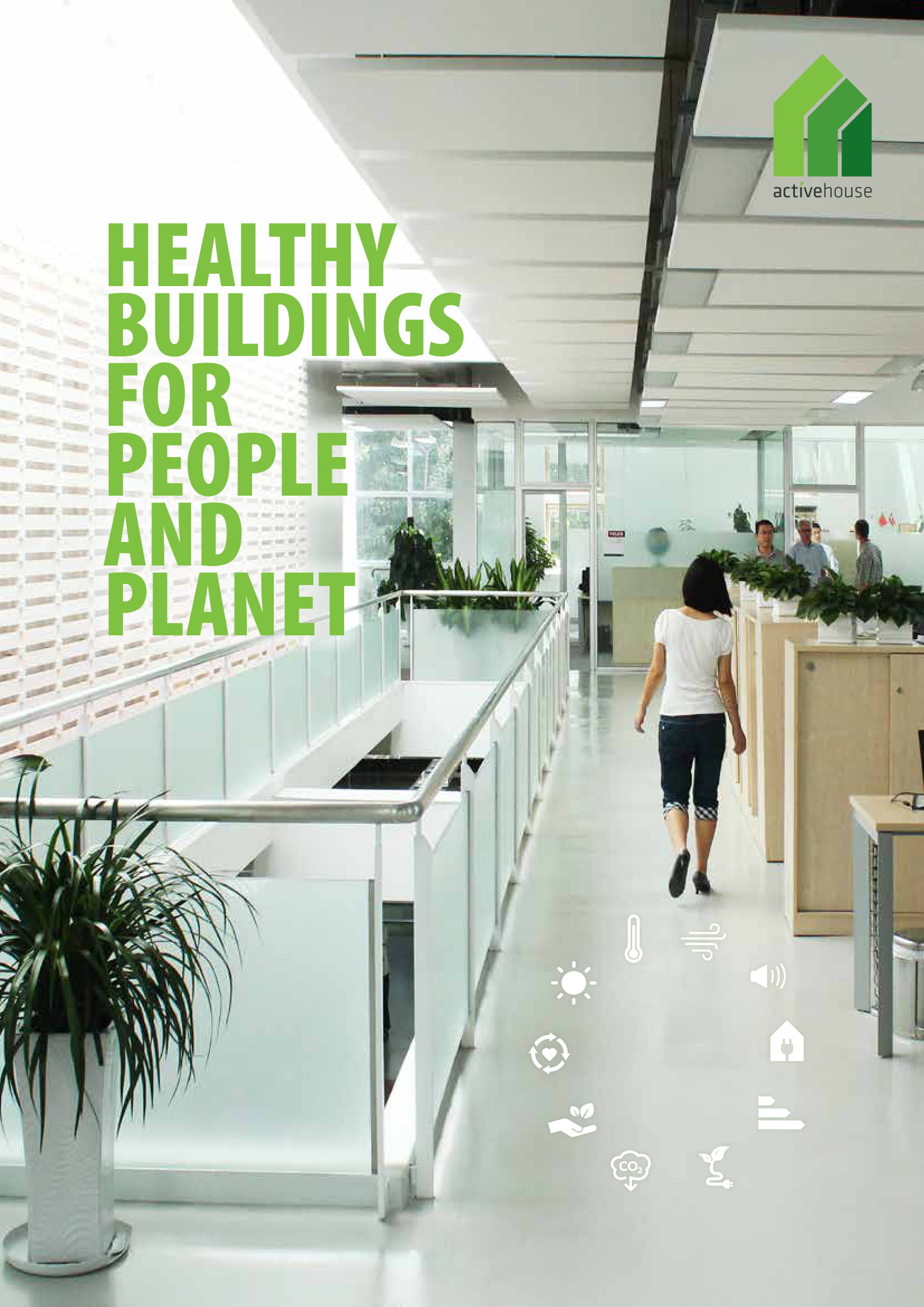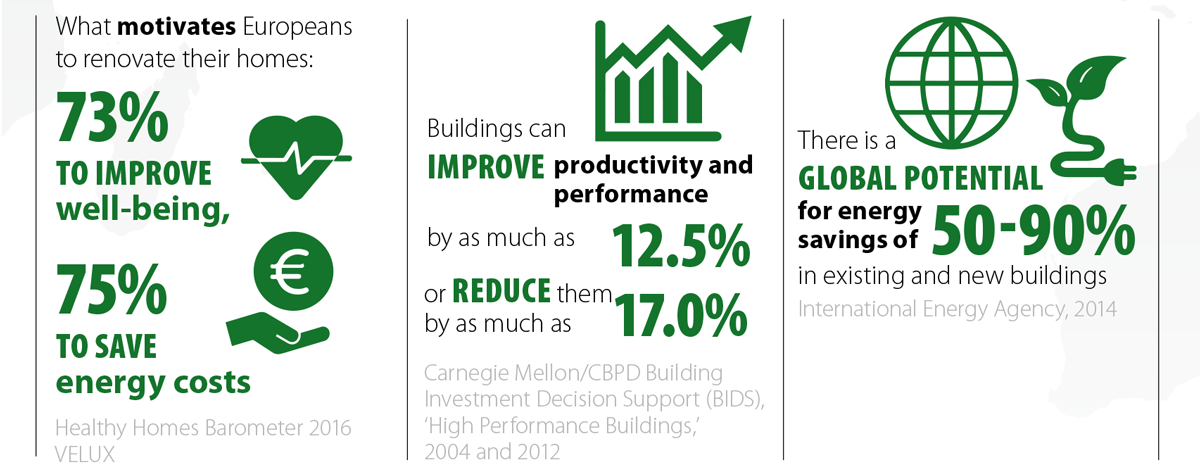
Considering how indoor air quality, daylight and the thermal environment affect productivity, health and well-being, it is essential to design buildings that facilitates comfort as well as sustainability.
Buildings that follow Active House principals will do exactly that; create a healthier and more comfortable home for their occupants with a minimal climate impact.


An Active House is a building that offers a healthier and comfortable indoor climate for the occupants without negative impact on the climate – measured in terms of energy, fresh water consumption and the use of sustainable materials. This is a holistic approach to building design that has been adopted in the construction industry and amongst planners and designers. The principles have been tested, and current specifications are based on real data, not just estimates.
Setting the user at the centre means to quantify the parameters which matter most to users, with a minimal footprint on the planet.
Healthy Buildings for People & Planet
The Active House – Comfort, Energy, Environment – were defined in 2011, by a global group of likeminded visionary leaders, who strongly believed in a holistic approach to building design. Since then, the principles and specifications have been applied to numerous building types: single-family and multi-family residential, social housing, offices, schools and more. Projects have been undertaken in various climate zones and encompass new constructions as well as retrofits. The first 30 demonstration projects were monitored on results and experiences, tried and tested by the actual users. The results and testimonies revealed the many positive effects of adhering to the principals, creating homes that are reassuringly efficient and very comfortable all seasons and for generations of use.
The Active House label was launched in 2016, and verifiers were trained to educate and guide planners & designers with the ambition to create buildings which are healthy for people & planet.
